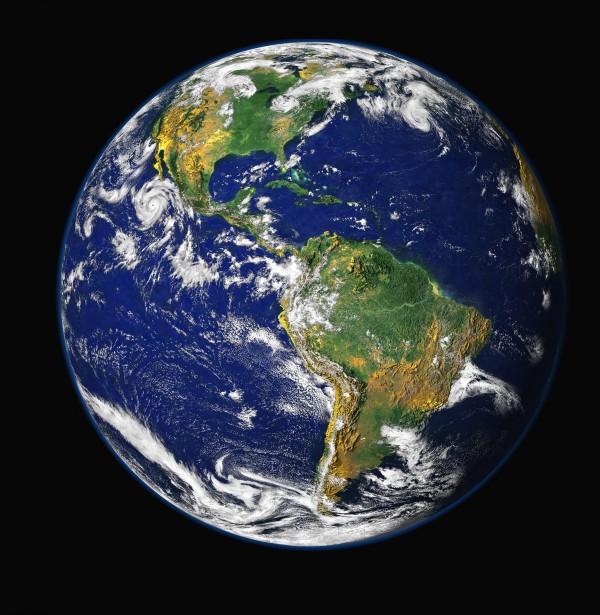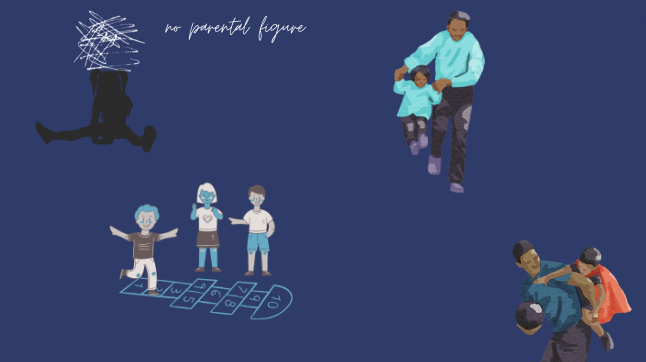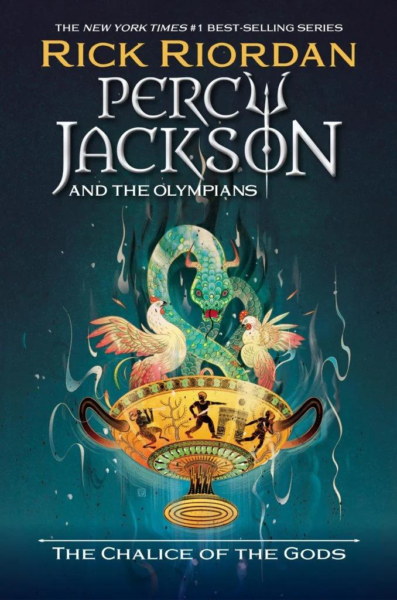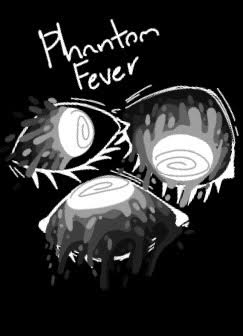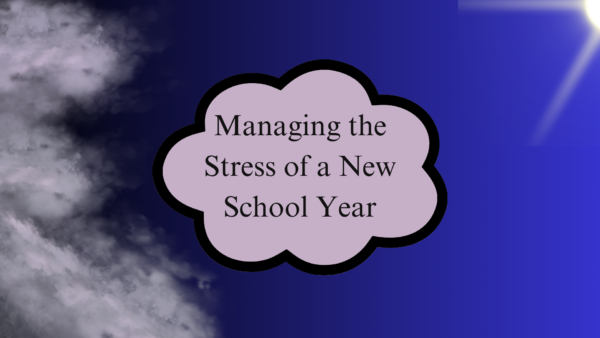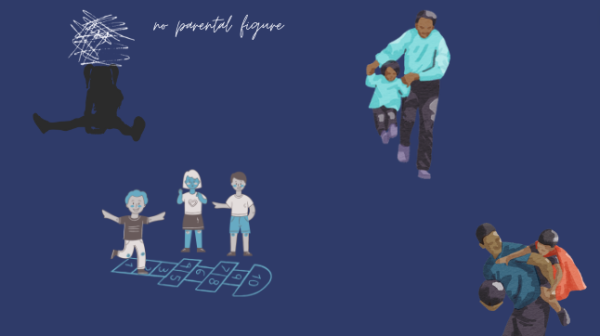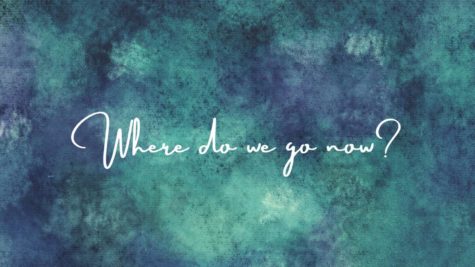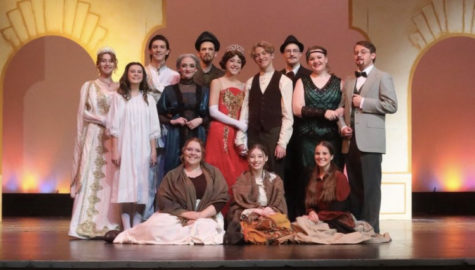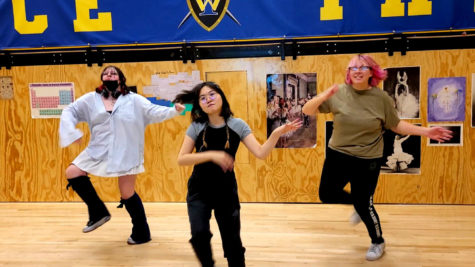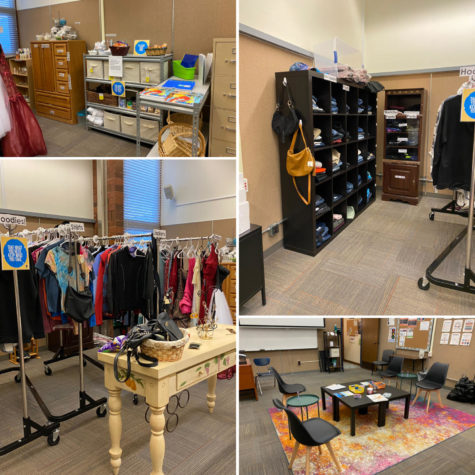Nature documentaries connect us to the natural world
April 24, 2019
A male jaguar prowls through the rainforest, searching for his potential prey. This animal is easily three hundred pounds of svelte muscle. And with glistening, rosette-spotted fur and probing green eyes, it’s easy to see why jaguars and other big cats have long been respected and mythologized by cultures around the world.
This particular jaguar is hunting along a river. He seems observant, scanning the area for food. As he nears the water, the jaguar pauses for just a moment, and then, without warning, he lunges into the murky river.
A violent thrashing erupts from the water. The struggle remains unseen for a few anxious seconds, and finally, the jaguar emerges with a caiman crushed between his jaws. The caiman struggles for a bit, but, with a distinct crack, the jaguar snaps the skull of the alligator-like creature.
“No way!”
I am, of course, watching a scene from the nature docuseries “Planet Earth 2.” This documentary was released in 2016, much to the anticipation of nature lovers everywhere. David Attenborough, Great Britain’s national treasure and long-time natural historian, narrated the docuseries with his usual modulated charm, and, using both humor and seriousness, explored the fascinating intricacies of the earth.
“Planet Earth 2” is not the only nature docuseries I’ve eagerly watched. I first, of course, watched “Planet Earth,” as well as “Blue Planet,” “Blue Planet 2,” “Frozen Planet,” and “Life.” My love of nature docuseries isn’t limited by the ones narrated by Attenborough, however. Much of my childhood was spent flipping through channels until I landed on PBS, which is where my love of stunning landscape footage and dramatic animal survival storylines blossomed.
Perhaps most importantly, watching nature documentaries inspired a deep reverence within me for the natural world. How precious the earth seemed, how terrifying its power was. Witnessing a goofy sloth swim gently around his island to find a mate, a swarm of locusts wreak complete devastation on a verdant landscape, and newly-hatched turtles confuse city lights for the moon’s, only to wander into the city and perish, taught me that our planet is home to things magnificent, tragic, and untameable.
Now is a pivotal moment for our world. With climate change bound to destroy once-vibrant habitats and their animal inhabitants, individual action from everyone is vital.
In Attenborough’s new docuseries entitled “Our Planet,” the devastation of climate change is presented in much greater depth than in his previous projects. Some footage is so disturbing, in fact, that Netflix issued viewer discretion warnings for audiences. For Attenborough, such footage was necessary.
“Things are going to get worse. The question is how much worse, and how quickly is it going to get worse. The speed is accelerating. Whatever we do now, it’s going to get worse. And unless we act within the next 10 years, I mean, we are in real trouble,” said Attenborough in an interview with Vox. “[…] unless you understand the natural world, you don’t understand how the interconnections are so complex that you can damage it without knowing what you’re doing. Understanding the complexity of the natural world is one of the crucial things.”
Nature documentaries have the power to remind us of the tremendous impact we have on the planet. None of us can explore all the treasures the planet has to offer, but we can remain humbled by their overwhelming beauty. By watching nature documentaries, we can further question our willingness to destroy something so mighty and yet so fragile, and further appreciate the blue marble we call home.

